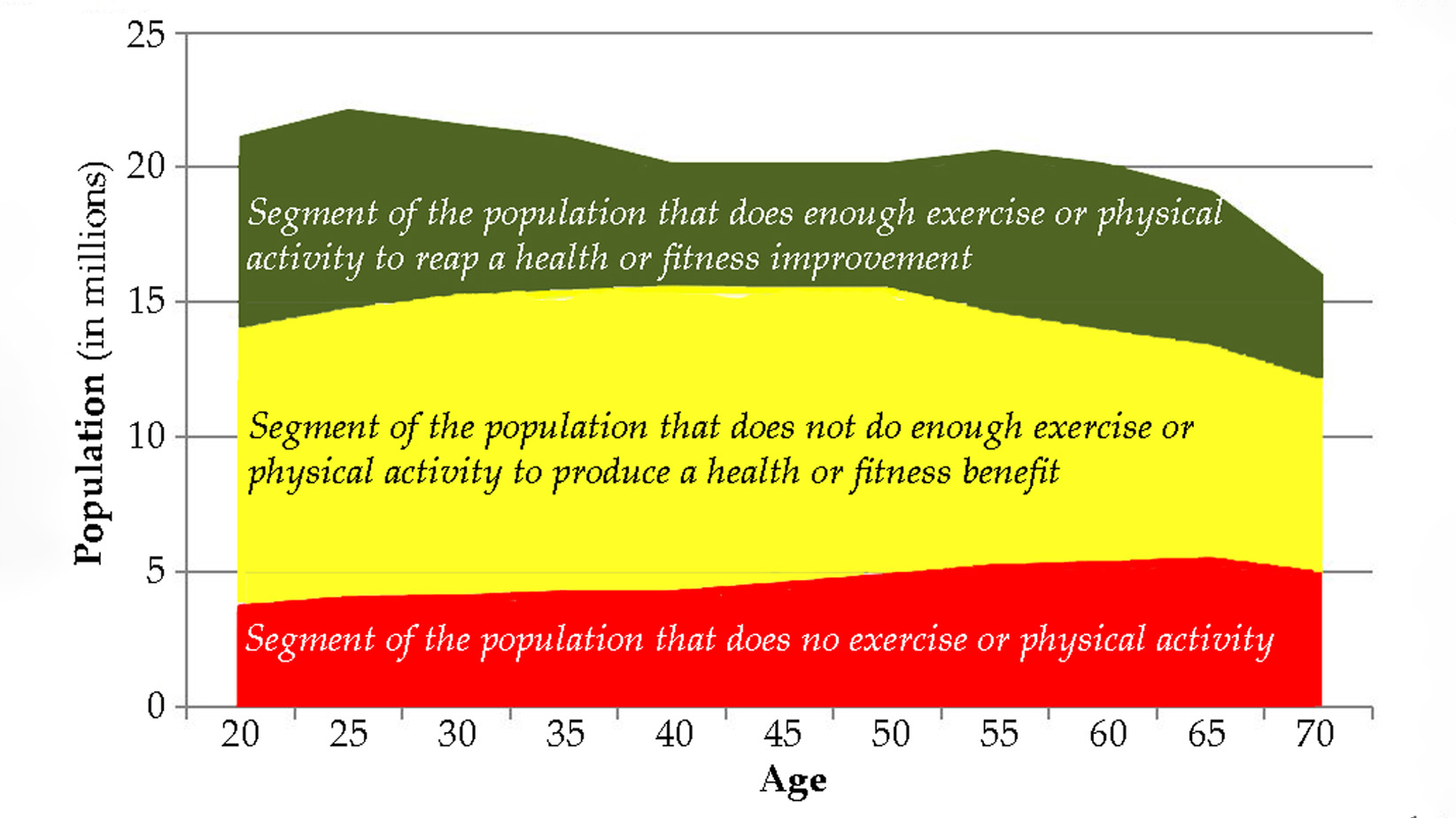- by Greg Glassman
Modern science is source and repository of man’s objective knowledge. [MS001] Scientific knowledge is siloed in models. [MS002] A model maps a fact to a future unrealized fact as a prediction. [MS003] A fact is a measurement. [MS004] A measurement is an observation tied to a scale with an expressed error. [MS005] An observation is a registration of the real world on our senses or sensing equipment. [MS006]
A model’s validation derives entirely from its predictive power. [MS007] There are four grades of model ranked by predictive strength and they are conjecture, hypothesis, theory, and law. [MS008]
A conjecture is an incomplete model or analogy to another domain. [MS009] A hypothesis is a model based on all data in its specified domain, with no counter examples, and incorporating a novel prediction yet to be validated by facts. [MS010] A theory is a hypothesis with at least one nontrivial datum. [MS011] A law is a theory that has received validation in all possible ramifications, and to known levels of accuracy. [MS012]
Predictive power is evidence of and reason for sciences’ objectivity, the sole source of science’s reliability and the demarcation between science and pseudoscience. [MS013] Predictive power as determinant of a scientific model’s validity provides the basis for any rational trust of science. [MS014]
Models are predictions mapping a fact to an unrealized fact where the current fact constitute the premises and the unrealized fact the conclusion of an inductive argument. [MS015] Induction derives conclusions from premises with probability and not certainty. [MS016] All scientific knowledge is therefore the fruit of induction validated by predictive power which is a measure of probability. [MS017]
It is important to note that validation comes independent of method. [MS018] Models derived from inspiration or perspiration both rank by predictive power alone. [MS019] It also warrants mentioning that modern science is an extension of logic and therefore must be consistent with the rules of logic, language, and mathematics. [MS020]
References
Greg Glassman founded CrossFit, a fitness revolution. Under Glassman’s leadership there were around 4 million CrossFitters, 300,000 CrossFit coaches and 15,000 physical locations, known as affiliates, where his prescribed methodology: constantly varied functional movements executed at high intensity, were practiced daily. CrossFit became known as the solution to the world’s greatest problem, chronic illness.
In 2002, he became the first person in exercise physiology to apply a scientific definition to the word fitness. As the son of an aerospace engineer, Glassman learned the principles of science at a young age. Through observations, experimentation, testing, and retesting, Glassman created a program that brought unprecedented results to his clients. He shared his methodology with the world through The CrossFit Journal and in-person seminars. Harvard Business School proclaimed that CrossFit was the world’s fastest growing business.
The business, which challenged conventional business models and financially upset the health and wellness industry, brought plenty of negative attention to Glassman and CrossFit. The company’s low carbohydrate nutrition prescription threatened the sugar industry and led to a series of lawsuits after a peer-reviewed journal falsified data claiming Glassman’s methodology caused injuries. A federal judge called it the biggest case of scientific misconduct and fraud she’d seen in all her years on the bench. After this experience Glassman developed a deep interest in the corruption of modern science for private interests. He launched CrossFit Health which mobilized 20,000 doctors who knew from their experiences with CrossFit that Glassman’s methodology prevented and cured chronic diseases. Glassman networked the doctors, exposed them to researchers in a variety of fields and encouraged them to work together and further support efforts to expose the problems in medicine and work together on preventative measures.
In 2020, Greg sold CrossFit and focused his attention on the broader issues in modern science. He’d learned from his experience in fitness that areas of study without definitions, without ways of measuring and replicating results are ripe for corruption and manipulation.
The Broken Science Initiative, aims to expose and equip anyone interested with the tools to protect themself from the ills of modern medicine and broken science at-large.
Support the Broken Science Initiative.
Subscribe today →
2 Comments
Leave A Comment
You must be logged in to post a comment.
recent posts
Expanding Horizons: Physical and Mental Rehabilitation for Juveniles in Ohio
Maintaining quality of life and preventing pain as we age.




This could be taken one step further in that the predictive power of a model can only be tested if the experiment is replicated under the same (or similar) conditions and the facts are replicated within the same (or similar) margin of error. This puts extra weight on the method of measurement, i.e. how the facts were obtained.
Greg: I find this quite fascinating. Some of your statements I have discussed in the first chapter of my not-very-widely-read book, “Science Under Attack: The Age of Unreason” (2017) which is available on Amazon. My blog of the same name covers a variety of specific attacks on science, primarily on the topic of climate change.